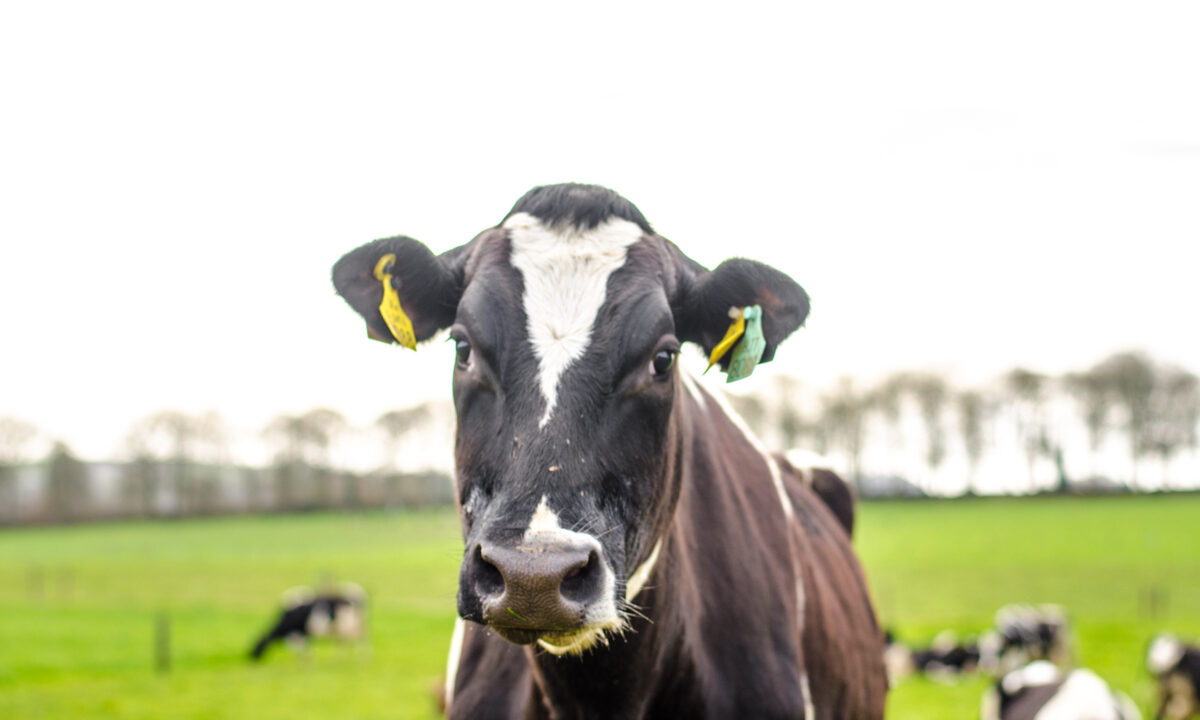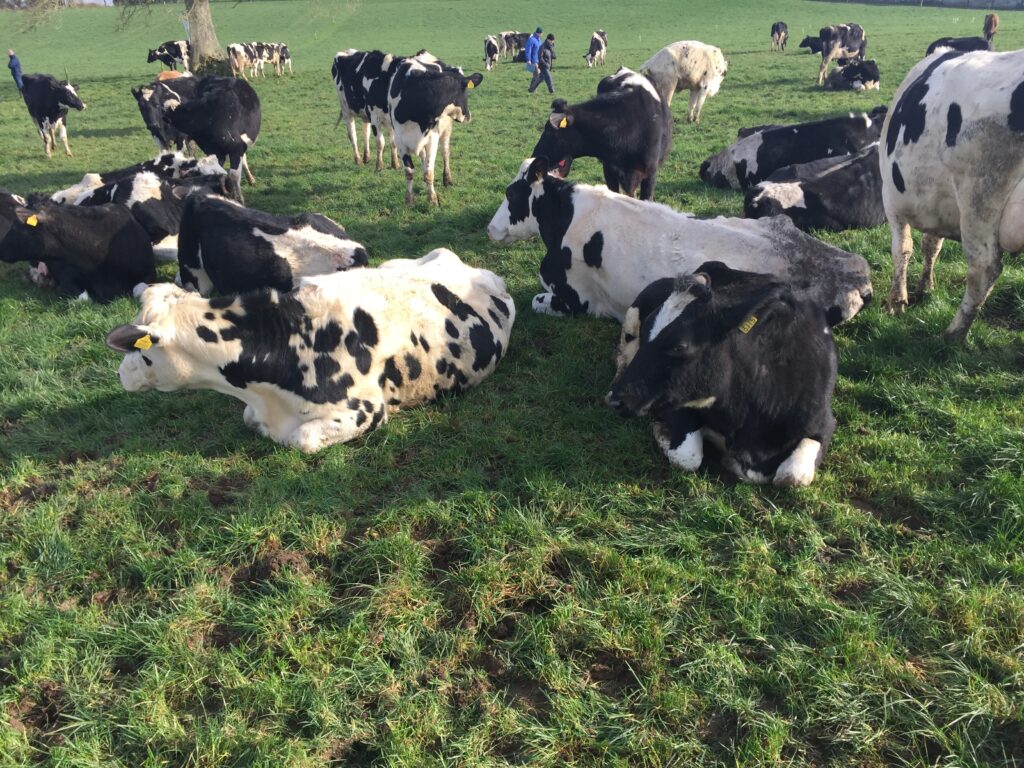It is incredible how much people’s moods improve when there are a few hours of sunshine and dry concrete.
We’ve had an absolute wash-out this past month, so it might take a few days of drying to get ground conditions right.
But, the clock is ticking and every extra day inside increases costs of production, reduces milk yield (and milk solids yield) and negatively impacts on fertility.
So, for farmers on heavier soils, how do we maximise grass intake and utilisation without damaging soil structure – remembering that ploughing isn’t grazing!
I have talked to several groups in the past, regarding cow behaviour post-turnout.
I believe if we understand this better, we can maximise grass intake and minimise ground damage. If cows are being turned out, they must go out hungry.
How do we quantify hungry?
Hungry doesn’t mean that there is no silage in the feed trough; it means that the cows must have finished their silage around 10pm the night before if they are to be turned out straight after milking in the morning.
This way, the cows have empty stomachs and hence a great appetite to put their heads down fairly soon after entering the paddock.
If turning out for the first time, then try and aim for a low, clean pre-grazing cover of 500-800kg DM/ha.
‘Retraining’ cows
The issue this year is that the drier paddocks may have covers far exceeding this. I don’t graze any covers over 1,000kg for at least five-to-seven days post-turnout.
That is because cows have to be retrained to graze to a low residual from day two-to-four after being turned out.
Small square breaks are ideal; cows do not need access to water if they are only grazing for a few hours. If turning cows out after a period indoors, it can be best to let each batch (or row) out after milking, rather than letting the whole herd out at once.
The settled cows grazing from the first few batches (or rows) will then encourage the rest of the herd to graze quickly.
Cows can eat up to 8-9kg DM within three hours. However, I have seen cows on farms being offered 8-9kg, but leaving half of it behind because they weren’t put out hungry enough!
If cows do not clean off grass covers, then they will have twice the work to do next time around to clean up the mess. Keep it simple; keep it consistent!
Throughout the rotation
If we don’t successfully graze out the first two paddocks, then cows will continue to graze out poorly throughout the rotation.
Ground conditions are obviously a huge factor and excellent clean-outs are not always possible. But do try to do the best you can with the conditions you are faced with.
‘Clean covers’ are essentially pre-grazing covers that have very few clumps in the paddock. Clumps are easy to clean out now, as the Nitrates and Potassium from the urine and dung pads have leached down through the soil.
However, the grass around this area will be slightly lower quality (usually with longer leaves and more fibrous) so the cows will graze it last.
If you don’t allocate grass correctly, they won’t have time to graze this and it will be left behind. This, in turn, will reduce the quality of the sward on the next rotation.
The first rotation is the highest-quality feed you can offer your cows. It can be the easiest or the most difficult rotation, depending on how you manage your meal feeding or silage buffering.
Cows must go out hungry and you must prioritise tight residuals (were possible), to maximise regrowth and therefore the quality of second-rotation grass.
Poor grassland management now will have a negative impact on fertility, as lower-energy feed will not support strong cycling and conception rates in late April/May.
The ‘magic day’ date will vary from farm to farm but, as a rough guide, holdings in the south will aim for April 5-10, whereas more northerly farms will generally hit that mark around April 15-20, depending on soil temperature.
Targets for young stock
Ground for young stock should have the same targets, so get them out as soon as possible.
If grass covers are lower than you need in these areas, prioritise smaller heifers to be turned out as the extra protein and energy will help them to catch up with the remainder of the group.
Ground conditions can change dramatically over a day or two – walk the farm several times a week if you have to – but this high-energy, cheap green feed will ensure that cows are on a rising plan of nutrition, at a time when their energy demands are greatest.
Now is a good time to vet-check any cows that had Retained Foetal Membranes (RFM’s) post-calving.
Also vet-check cases where there were difficult calvings or milk fever. Ensure that any cows that are dirty or non-cycling are treated now, to maximise their chance of conception in May.





